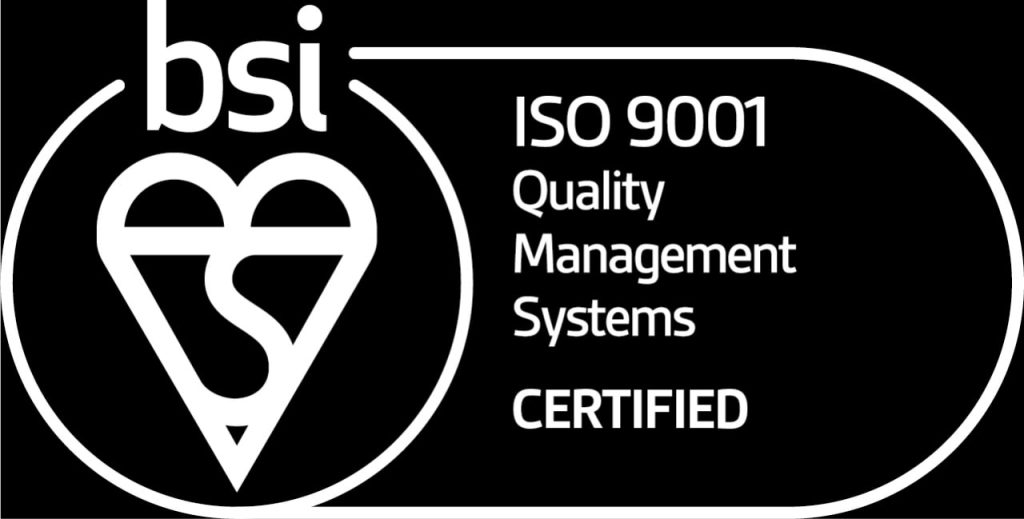The demand
The RED-SEA project sets out to deliver high-performance European interconnect technologies for
extreme-scale systems, by bringing together a number of well-established
research teams across Europe.
The activity
The RED-SEA project is divided in five phases and in each of them the partners from different parts of Europe work together towards the phase’s objective.
eXact lab provides two applications, one in computational material
science, and one in unsupervised machine learning. The first application is LAMMPS a molecular dynamic engine widely adopted in computational material science. The second application, SOM, refers to the parallel implementation of modern clustering algorithms.
These two applications are needed to create the next generation of network architecture as benchmarks. In the first phases of the project, eXact lab provided its benchmark application and fine-tuned them in order to test the RED-SEA system network. In the latter phases, the application partners carry out the hardware testing and simulations for the network requirements analysis. In the final phase, all the partners bring up the results that were collected and perform a holistic evaluation of the project.
The benefits
Network interconnections play an enabling role in HPC systems, and this will be even truer for future Exascale systems that will rely on more nodes and greater use of parallelism and communication. Furthermore, the next-gen HPC systems will be powered by a huge variety of computation devices, from high-end CPUs to energy efficient GPUs.
The computing units will be surrounded by distributed and heterogeneous (often deep) memory hierarchies, including high-bandwidth memories and fast devices that offer microsecond-level access times. At the same time, modern parallel data processing units such as GPUs and vector accelerators can process data at astonishing speeds (tens of TFLOPS). In this landscape, the network could become the next big bottleneck, similar to memory in single-node systems.
The client
The RED-SEA project is coordinated by Atos and brings together Europe’s best academic centers and leading industrial forces in the field of interconnection networks. The RED-SEA consortium brings together 12 partners from 6 countries.
It is a project co-funded jointly by the European Union (Euro-HPC initiative) and the Ministry of Economic Development (MISE) to promote research and development projects in high-performance computing (HPC).

